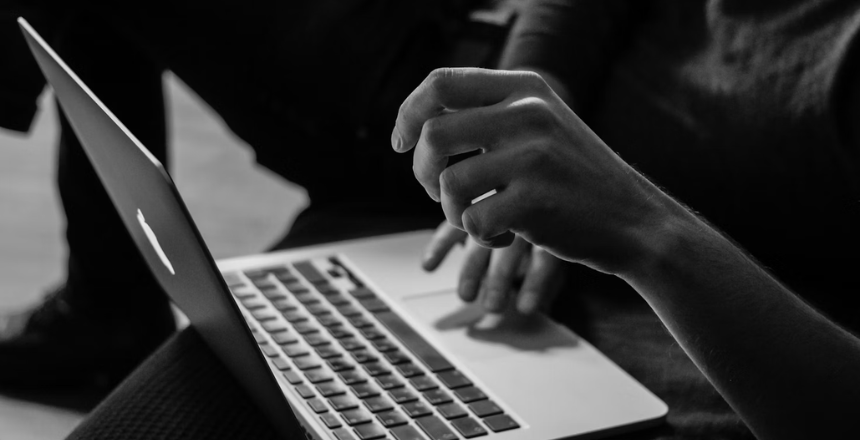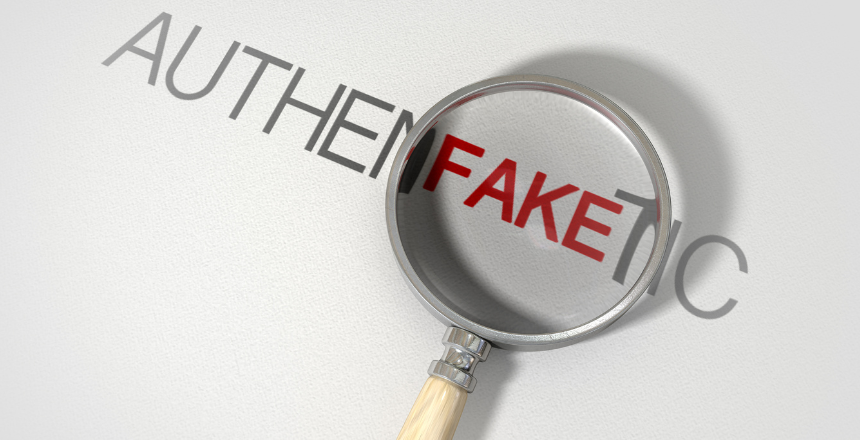1. Know The Signs To Spotting Counterfeit Goods
Learning to spot counterfeit goods is key to making sure you’re buying authentic items. Often, counterfeit products are close imitations but have subtle signs that set them apart. Look for these tell-tale signs:
- Low-quality materials: Feel the material. If it’s a high-end brand, the item should have premium fabric, hardware, or leather.
- Misaligned logos: Many counterfeit products have logos that aren’t perfectly aligned or are even spelled incorrectly. Be sure to compare the logo carefully with the official brand’s design—brands as recognizable as Nike and Adidas have distinct logos and fonts that are easy to spot if you know what to look for.
- Poor craftsmanship: Stitches should be clean and consistent on authentic products. Crooked stitching, loose threads, or uneven seams are red flags.
2. Research Before You Buy
Before you buy anything, take a moment to research. Knowing the retail price, quality standards, and common counterfeit warning signs can be a big help. Here’s what to do:
- Check prices: If the price is unbelievably low, it’s probably too good to be true. Even at discount outlets, genuine high-end products won’t be sold at a fraction of their normal price.
- Read reviews: If you’re shopping online, check reviews for the seller and item. Look for keywords like “fake,” “counterfeit,” or “scam” in negative reviews.
- Compare with authentic Items: Familiarize yourself with the item you’re interested in by visiting the brand’s official site or a trusted retailer. Spotting minor differences in style, color, or details can prevent you from buying a counterfeit.
3. Look For Authenticity Markers
Many luxury brands now include unique authenticity markers on their products, like tags, serial numbers, or QR codes that you can scan to verify. Here’s what to look for:
- Serial numbers: Many brands use specific serial numbers on their products. Make sure the number matches the format used by the brand, and if possible, verify it with the company.
- RFID tags: Some high-end products come with RFID tags to track authenticity. These can sometimes be scanned by phone apps or specialized readers.
- Holograms and QR codes: Check for holographic images or QR codes that should be present on the product or packaging. These are hard for counterfeiters to replicate accurately.

4. Avoid High-Risk Locations
In some markets, counterfeits are more common. Shopping abroad can be fun, but it’s also where you’ll encounter the most fakes. When in doubt:
- Choose reputable stores: Stick to well-known stores or marketplaces with strong reputations. Street vendors or pop-up stalls in tourist areas are often hotspots for counterfeit goods.
- Ask for proof of authenticity: Many luxury shops, like Gucci, will provide certificates of authenticity with your purchase. If you’re buying from a smaller retailer, don’t hesitate to ask for one.
- Pay with a credit card: Avoid cash transactions whenever possible, as credit cards offer some buyer protection. If you do find out later that the product is counterfeit, you may be able to dispute the charge.
5. Trust Your Instincts
Sometimes, the best advice is to trust your gut. If something about the purchase feels off, take a step back. Many people ignore their instincts, hoping they’ve snagged a bargain, but in reality, they end up with a counterfeit item. Here are some things to consider:
- Does the deal seem unusual?: Prices that are extremely low or sellers who push you to make a fast purchase can be red flags.
- Is the packaging right?: Brands put thought into every part of their products, including packaging. Flimsy boxes, incorrect logos, or poor-quality bags are often signs of fake goods.
- Are they willing to negotiate?: In high-end retail, prices are usually fixed. Sellers who are open to major price drops might be offering counterfeits.
Shop Safely And Confidently
International shopping can be an exciting adventure, but it’s also a space where counterfeit goods can sneak in. Being able to identify counterfeit products and knowing how to avoid scams when shopping abroad or online can save you a lot of disappointment and wasted money. Always research, double-check authenticity markers, and listen to your instincts. When you do, you’ll have a much better chance of scoring great finds that are 100% genuine!




